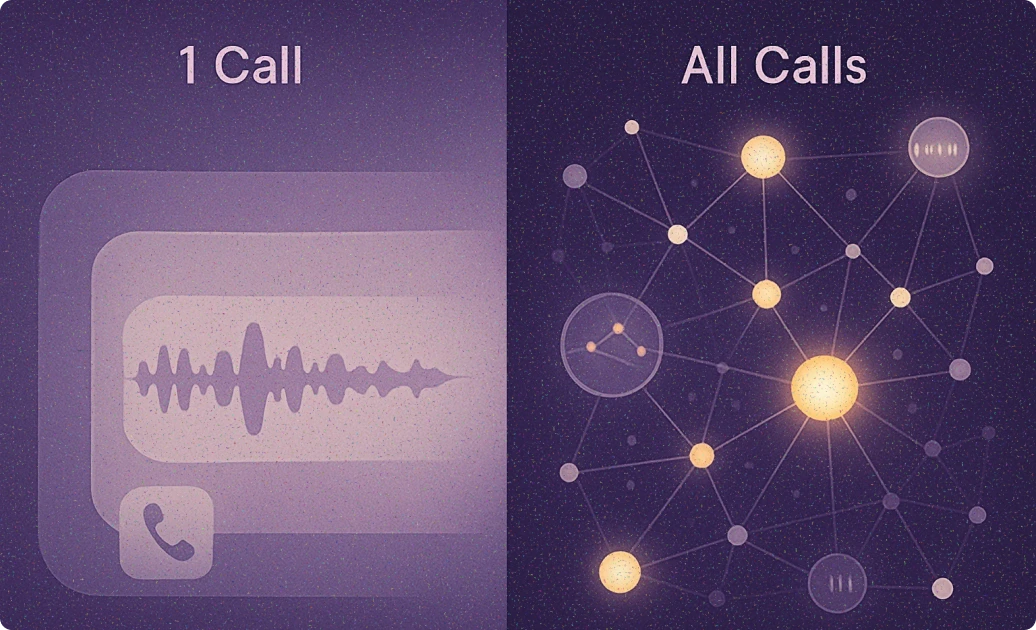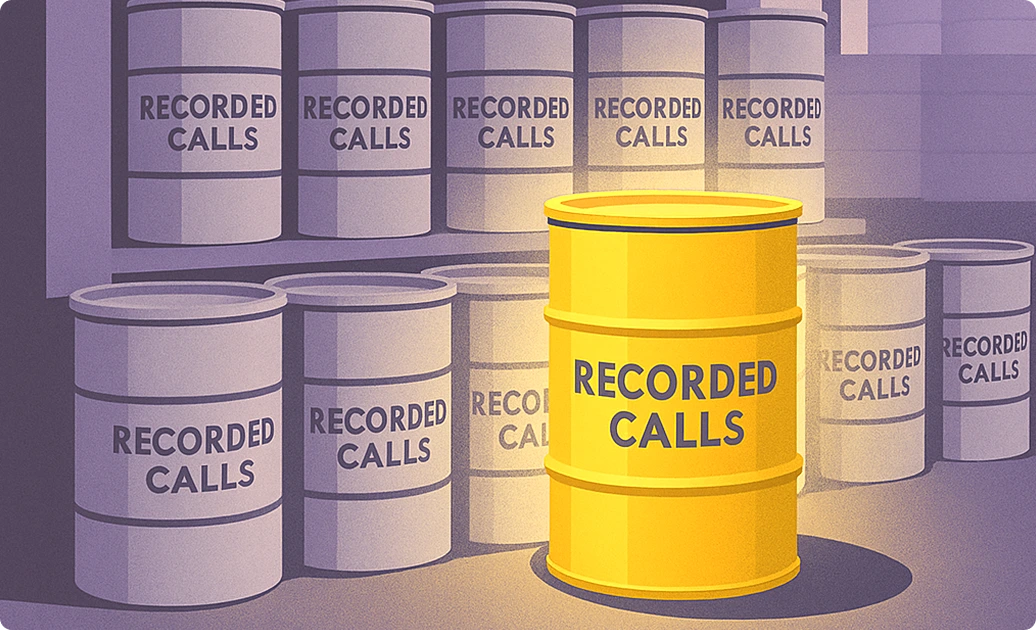Sales Team Performance Targets: How to Measure and Improve with Call Analytics
-
Bella Williams
- 10 min read
In today’s competitive sales environment, setting and tracking sales team performance targets is essential to driving growth and achieving business goals. Call analytics has emerged as a powerful tool that helps sales managers and leaders measure performance with precision, uncover actionable insights, and optimize coaching efforts. This guide covers everything you need to know about using call analytics to measure sales team performance targets, answer common questions, and implement strategies that work.
What Are Sales Team Performance Targets?
Sales team performance targets are specific goals or benchmarks set for individual sales reps or entire teams to achieve within a given timeframe. These targets can include metrics like quota attainment, number of calls made, conversion rates, average deal size, and customer satisfaction scores. Defining clear targets helps organizations align efforts, measure progress, and motivate their teams.
Why Use Call Analytics to Measure Sales Team Performance Targets?
Traditional performance measurement relies on manual tracking and subjective evaluations, which can be slow, inconsistent, and prone to errors. AI-powered call analytics automates the process by analyzing recorded sales conversations to provide real-time, objective insights into sales behaviors and outcomes. This approach enables sales leaders to:
Identify strengths and skill gaps faster
Understand customer sentiment and objections
Tailor coaching based on actual conversation data
Track progress against performance targets more accurately
How Does Call Analytics Work for Tracking Sales Team Performance?
Call analytics platforms use AI and natural language processing (NLP) to transcribe, analyze, and score sales calls. They extract key metrics such as talk-to-listen ratios, objection handling, question quality, and sentiment shifts. These insights are then mapped to sales performance targets, offering a clear picture of how reps are performing against goals.
Which Sales Performance Metrics Can Call Analytics Reveal?
Some of the most valuable metrics for tracking sales team performance targets include:
Talk-to-Listen Ratio: Measures if reps dominate the conversation or let prospects speak. Ideal ratios indicate better engagement.
Objection Handling Rate: Tracks how effectively sales reps respond to customer concerns.
Question Quality and Frequency: Assesses if reps are asking the right questions to uncover needs.
Sentiment Analysis: Detects customer emotions to gauge interest or hesitation.
Call Duration: Monitors call length relative to outcomes to optimize efficiency.
Conversion Rate: Measures how many calls lead to the desired action, such as a booked demo or sale.
Next Steps Clarity: Checks if reps are securing clear commitments or follow-up actions.
What Are the Best Practices for Setting Sales Team Performance Targets Using Call Analytics?
Align Targets with Business Goals: Ensure metrics tracked align with revenue and growth objectives.
Use Data-Driven Benchmarks: Base targets on historical performance and industry standards.
Make Targets SMART: Specific, Measurable, Achievable, Relevant, and Time-bound.
Regularly Review and Adjust: Use call analytics insights to update targets as needed.
Focus on Quality and Quantity: Balance metrics that measure both activity and effectiveness.
Leverage Real-Time Feedback: Use live call data to provide immediate coaching and support.
How to Implement Call Analytics for Measuring Sales Team Performance Targets?
Integrate With Existing Tools: Connect call analytics software with your CRM and communication platforms.
Automate Call Recording and Transcription: Ensure all calls are captured and processed without manual effort.
Define Relevant KPIs: Customize metrics that align with your sales targets.
Train Your Sales Team: Help reps understand how performance will be measured and how call analytics benefits them.
Use Dashboards and Reports: Monitor performance visually and in real-time.
Act on Insights: Implement coaching, training, and process improvements based on analytics.Which Tools Offer the Best Call Analytics for Sales Team Performance?
There are many platforms available that provide call analytics with features tailored for sales teams. Key factors to consider include AI sophistication, integration options, user-friendly dashboards, and actionable reporting. Popular options include:
Insight7
Gong
Chorus.ai
CallRail
ExecVision
Choosing the right tool depends on your team size, sales process complexity, and existing tech stack.
What Challenges Might You Face When Measuring Sales Team Performance Targets with Call Analytics?
Data Overload: Too much data without clear focus can overwhelm teams.
Resistance to Change: Some reps may be wary of call monitoring.
Integration Issues: Technical challenges connecting platforms.
Misaligned Metrics: Focusing on the wrong KPIs can misdirect efforts.
Lack of Training: Teams need guidance to leverage insights effectively.
Addressing these challenges upfront with clear communication and strategic planning is crucial for success. To dive deeper into identifying and closing skill gaps, check out our detailed guide on how to identify and close skill gaps with sales call analytics.
Frequently Asked Questions
Q: How does call analytics improve sales team performance?
A: By providing objective insights into sales conversations, call analytics identifies strengths, uncovers weaknesses, and informs targeted coaching to help reps improve.
Q: What are common sales performance targets tracked with call analytics?
A: Targets include quota attainment, call volume, conversion rates, average deal size, objection handling, and customer sentiment.
Q: Can call analytics measure soft skills like rapport and empathy?
A: Yes, advanced AI can analyze tone, sentiment, and language cues that reflect soft skills and customer engagement.
Q: How often should sales team performance targets be reviewed?
A: Regularly, monthly or quarterly reviews are common to ensure targets remain relevant and achievable.
Q: Is call analytics suitable for small sales teams?
A: Absolutely. Call analytics can scale to any team size and provide valuable insights regardless of volume.
Q: What should I look for in a call analytics tool?
A: Look for AI accuracy, CRM integration, real-time insights, easy reporting, and actionable recommendations.
Q: How can call analytics support remote or hybrid sales teams?
A: It enables managers to monitor and coach reps effectively regardless of location, ensuring consistent performance standards.
Using call analytics to set, measure, and improve sales team performance targets empowers organizations to make smarter decisions, optimize coaching, and ultimately close more deals. By embracing this data-driven approach, sales leaders can turn conversations into competitive advantage.
Analyze & Evaluate Calls. At Scale.

Extract insights from interviews, calls, surveys and reviews for insights in minutes
Analyze & Evaluate Calls. At Scale.








